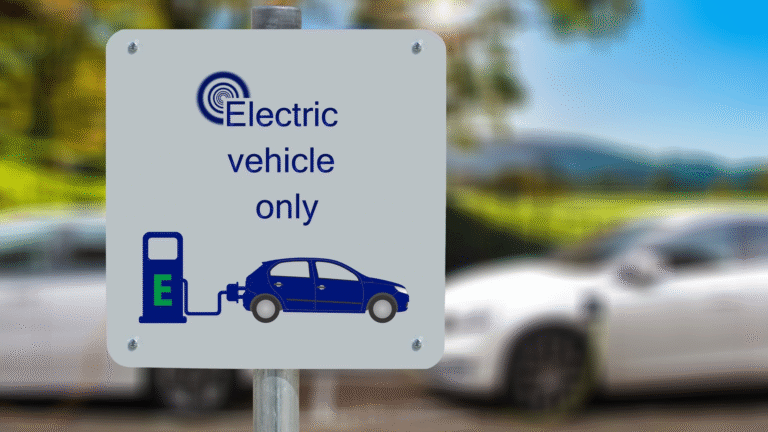Australia’s incentive landscape for electric vehicles is a mix of federal tax settings, state rebates and targeted grant programs for chargers and fleets. Incentives change frequently and vary by state, so knowing which programs deliver genuine value — and how to stack them without extra bureaucracy — helps buyers and fleet managers maximise savings. This article lays out the most valuable incentives to pursue in 2025 and practical steps to claim them.
Table of Contents
- The two most valuable incentive types: tax and up-front rebates
- State-level rebates, concessions and which to prioritise
- Grants and programs for chargers and infrastructure
- Fleet and employer-focused incentives (FBT, novated leases, tenders)
- How to evaluate incentive value and avoid paperwork traps
- FAQs
- Conclusion
1. The two most valuable incentive types: tax and up-front rebates
- Tax-based advantages (notably FBT concessions and novated lease treatment) can reduce the effective cost of EVs for company drivers significantly because they alter taxable income outcomes. For businesses and employees using salary packaging, this is often the largest single financial lever.
- State up-front rebates and stamp-duty waivers immediately reduce purchase price and transfer costs, which helps lower loan sizes and monthly payments. For private buyers a state rebate often has the highest nominal dollar impact.
Combine tax advantages (if applicable) with state rebates to get the largest combined saving.
2. State-level rebates, concessions and which to prioritise
- Up-front purchase rebates or point-of-sale discounts: These directly reduce what you pay at purchase — high value for buyers who aren’t salary-packaged.
- Stamp duty concessions: In some jurisdictions stamp duty on vehicles is reduced or waived for eligible EVs; this saves buyers a one-off cost that is often material.
- Registration discounts: Some states offer reduced registration or waived fees for new EVs.
Check your own state’s current programs and eligibility thresholds — they vary in price caps, vehicle eligibility and application process.
3. Grants and programs for chargers and infrastructure
- Home charger grants: Can reduce installation costs for a wallbox — especially valuable for renters negotiating with landlords or for households needing grid upgrades.
- Public charger co-funding: Local councils or state agencies frequently offer co-funding for destination or corridor chargers; these programs accelerate network coverage and help communities attract operators.
- Commercial depot/grant programs for fleets: Substantial grants often exist for depot electrification and high-power chargers, addressing a major barrier for fleets.
If you’re installing chargers, explore both national and state grant windows and engage accredited installers early.
4. Fleet and employer-focused incentives (FBT, novated leases, tenders)
- FBT concessions / exemptions: Employer-provided EVs can qualify for favourable fringe benefits tax treatment, making EV novated leases and company cars more attractive. This is often the biggest driver for corporate uptake.
- Novated leases: For employees, they provide a tax-efficient way to acquire an EV through salary packaging. Modelling total costs including running costs and incentives shows whether novation beats buying outright.
- Fleet grants & procurement programs: Many state and local procurement programs prioritise low-emission suppliers or offer capital support for depot transformation; these can dramatically shorten payback times for fleet electrification.
For fleets, combining grants with FBT-aware procurement yields the largest benefits.
5. How to evaluate incentive value and avoid paperwork traps
- Calculate net cost, not just headline rebate: Some rebates reduce vehicle purchase price but affect eligibility for other programs — calculate combined effect.
- Check eligibility windows and stock limits: Some programs are time-limited or capped by vehicle numbers — act quickly when favourable offers appear.
- Understand conditions: Rebate conditions may include residency, new-vehicle status, or scrappage requirements. Read the fine print before committing.
- Get installer/finance quotes first: For charger grants, installers often need to be approved — lock quotes before applying.
A practical spreadsheet that compares final net cost across scenarios (cash buy, novated, lease plus state rebate) will reveal the true best option.
FAQs
Q: Which incentive saves the most money?
A: For employees and fleets, FBT concessions/novated leases are often the most financially significant. For private buyers, state rebates and stamp-duty exemptions usually provide the largest immediate saving.
Q: Can I combine federal and state incentives?
A: Often yes — but eligibility rules vary. Confirm both program terms to ensure stacking is permitted.
Q: Are charger grants worth the effort?
A: For households without easy single-phase access, or for multi-unit dwellings, grants can be very valuable. For well-equipped homes the marginal benefit is smaller.
Conclusion
In 2025, the highest-value incentives are those that reduce either the up-front cash outlay (state rebates, stamp-duty concessions) or ongoing tax burdens (FBT and novated lease advantages). Chargers and depot grants unlock practical usability, especially for fleets and apartment dwellers. Always model your specific scenario, confirm eligibility and claims windows, and prioritise combining incentives that stack cleanly to deliver the largest net saving.
Meta description: Which EV incentives matter most in 2025? Learn how to prioritise federal tax benefits, state rebates and charger grants to maximise savings on Australian EV purchases.
